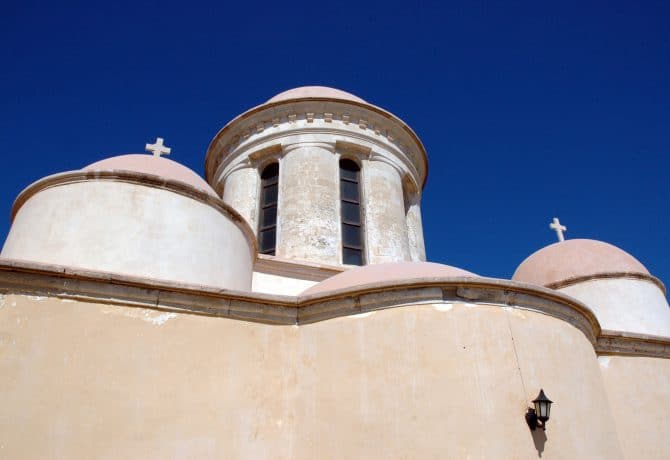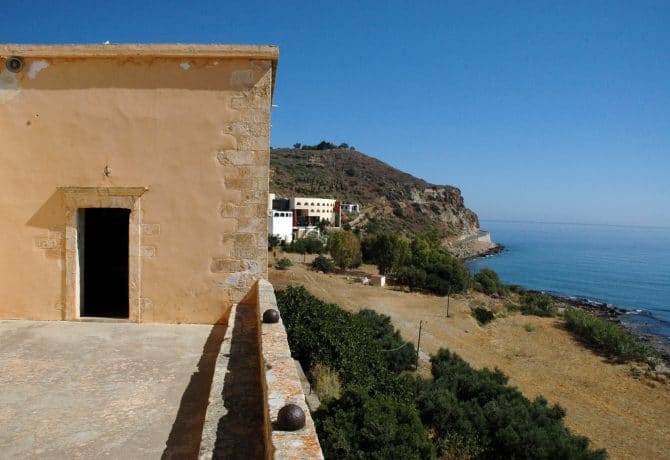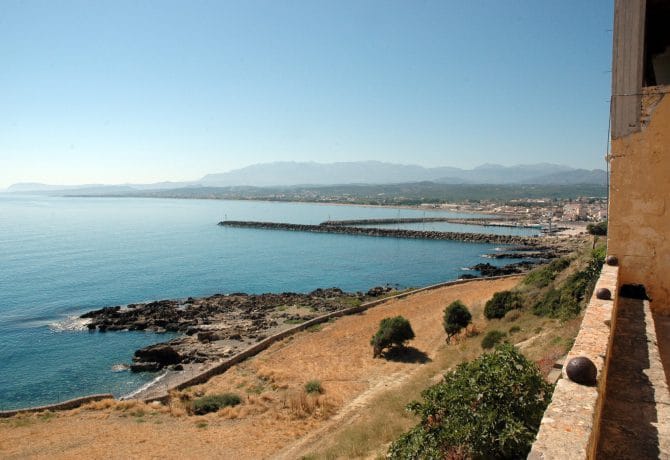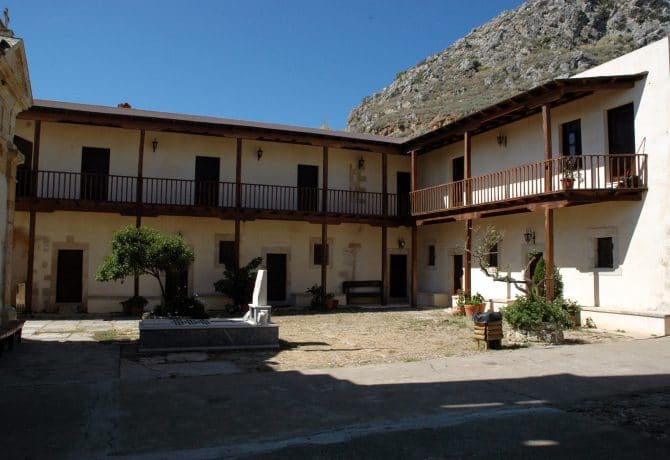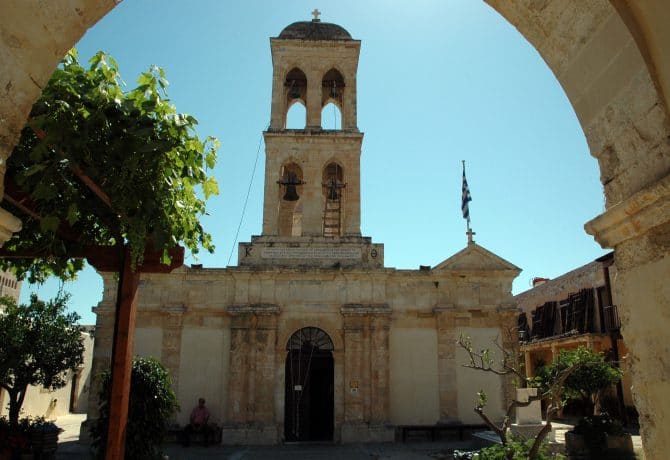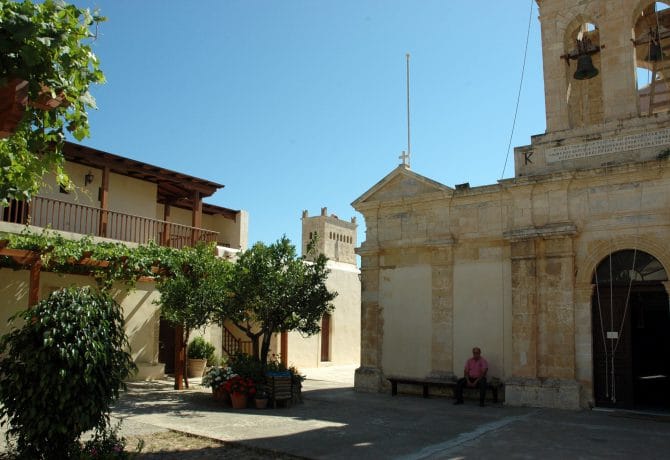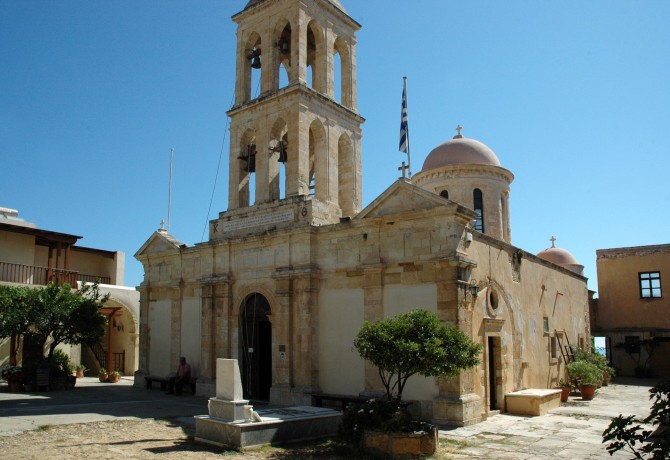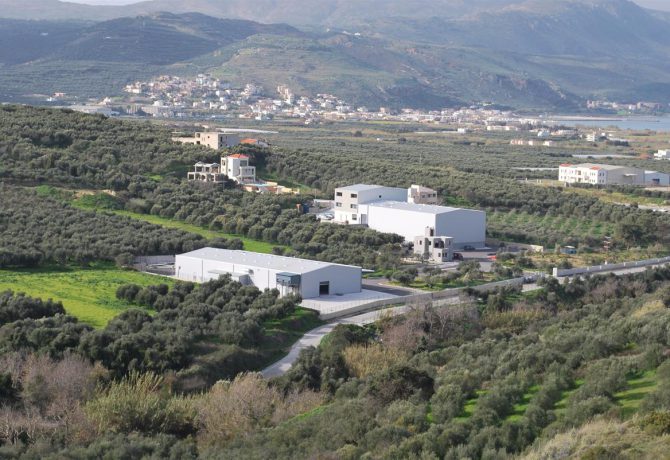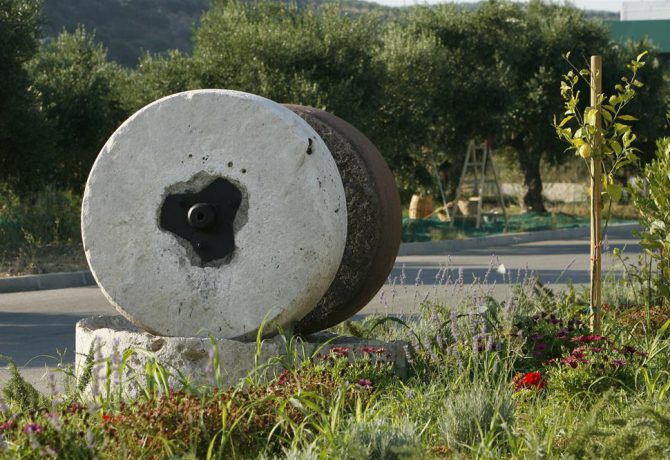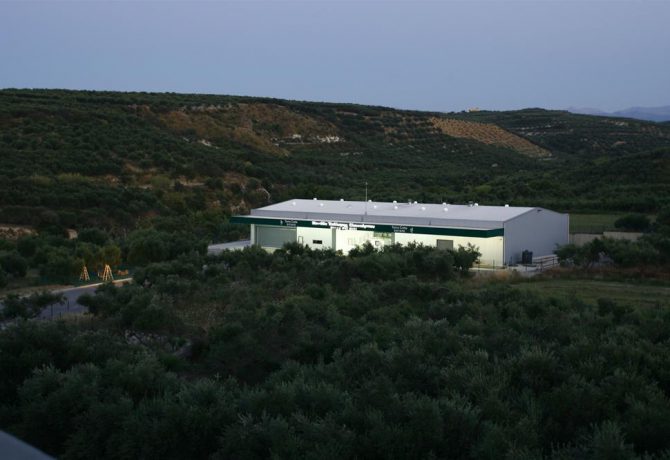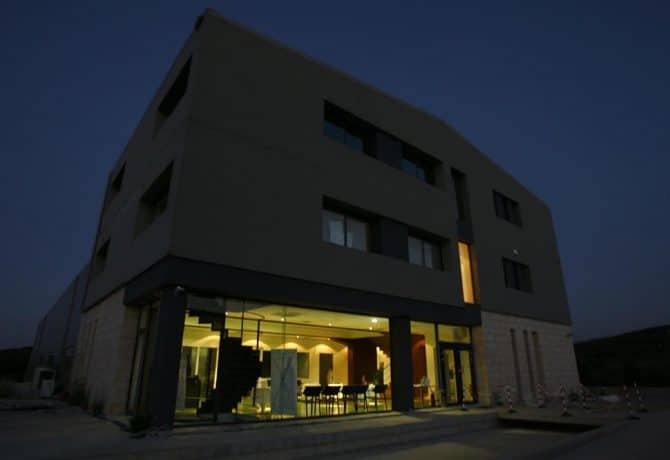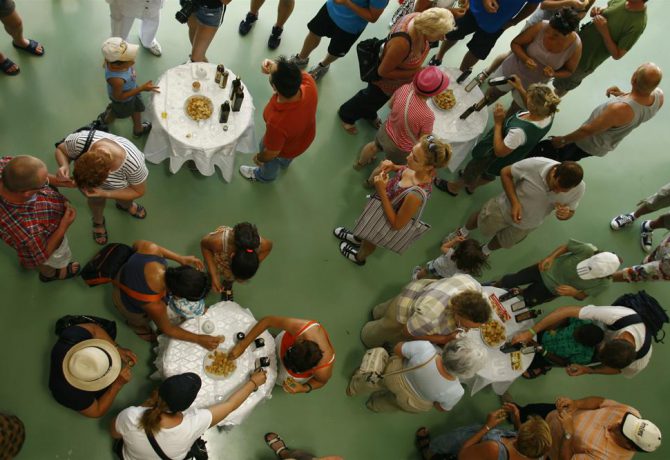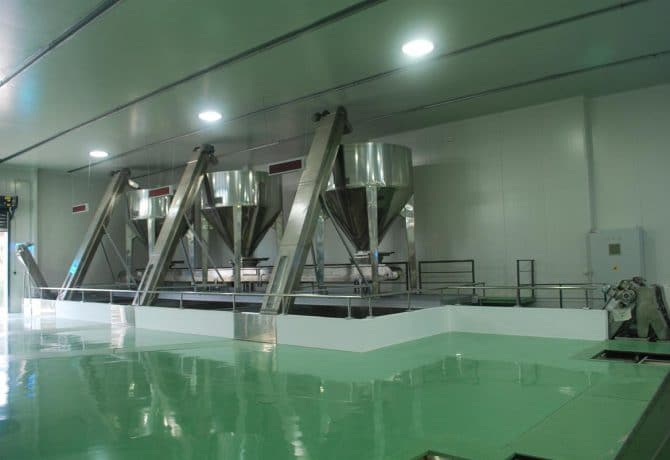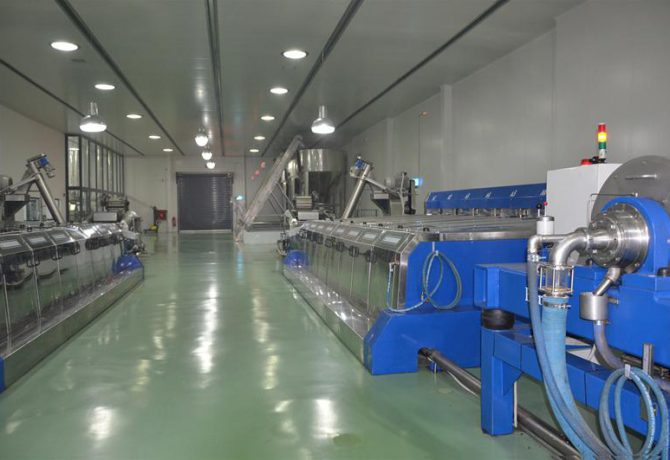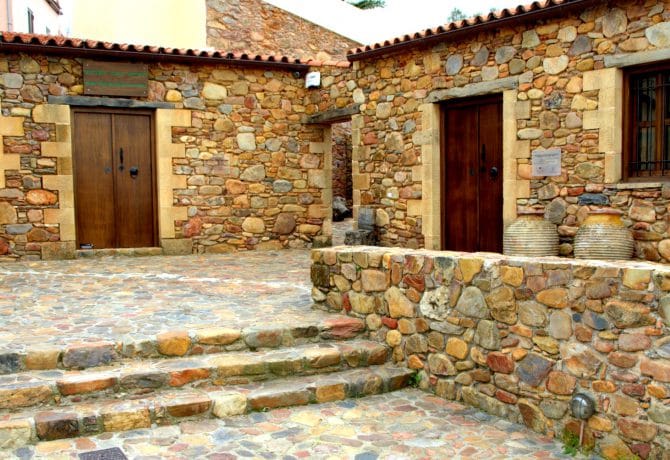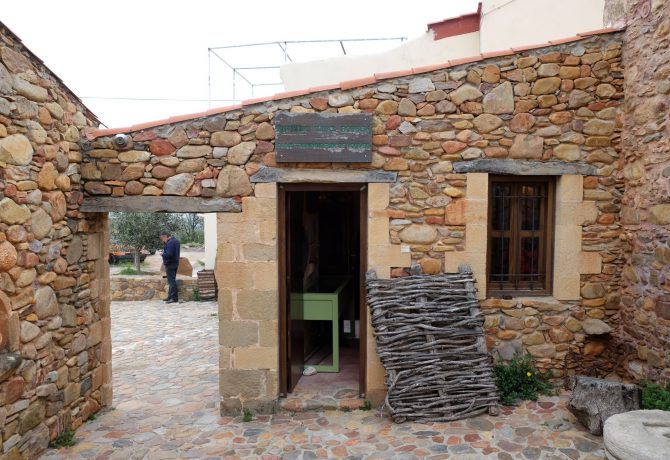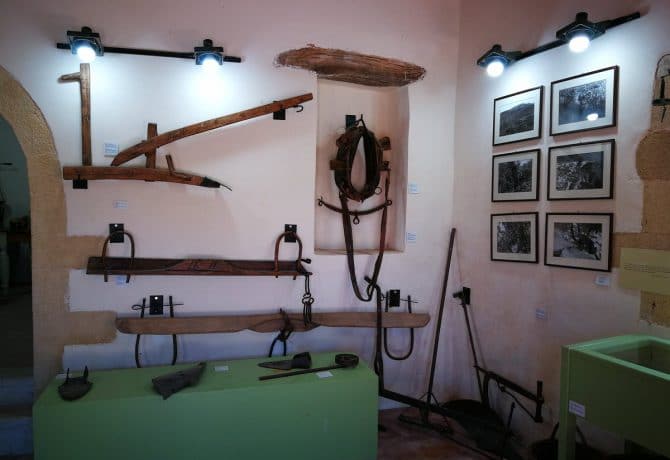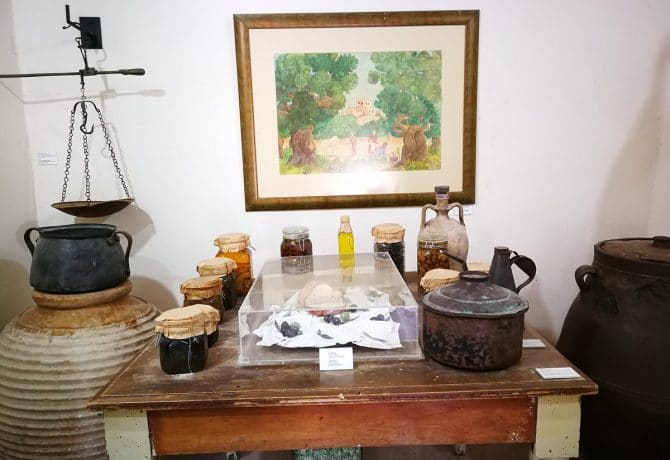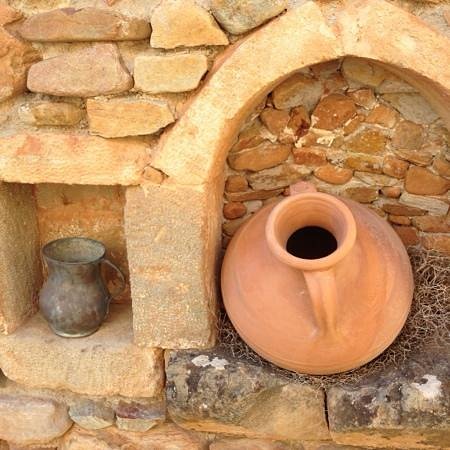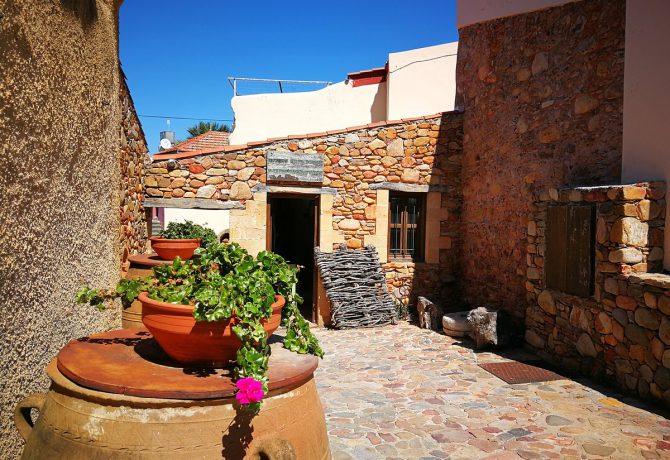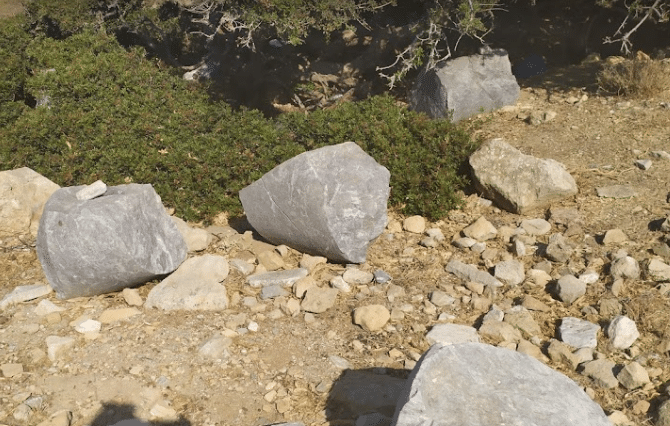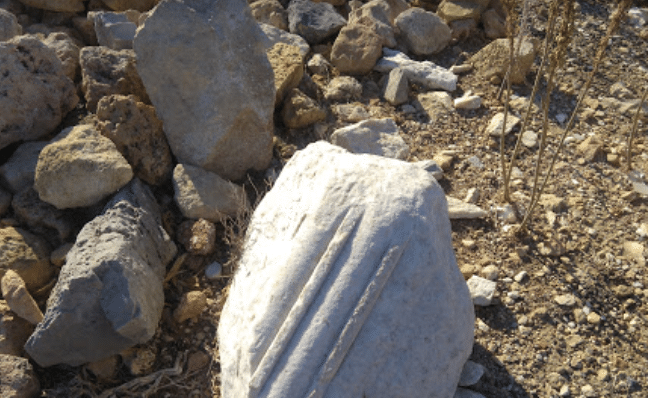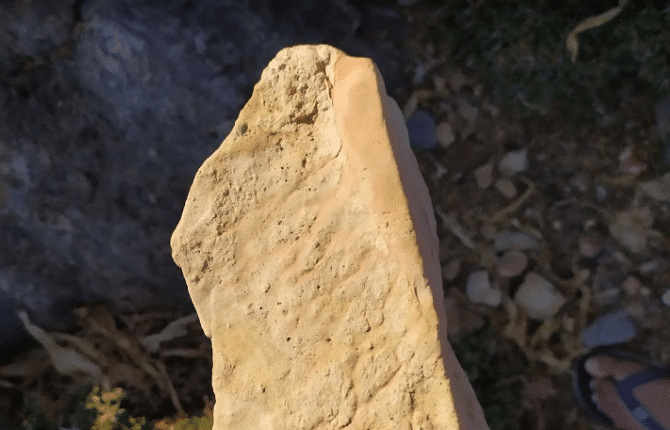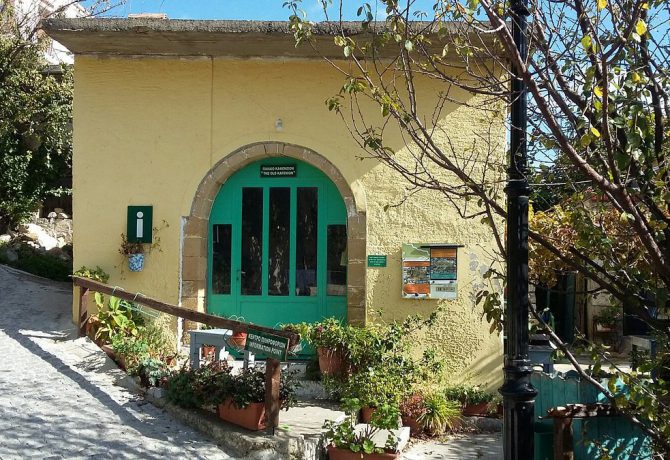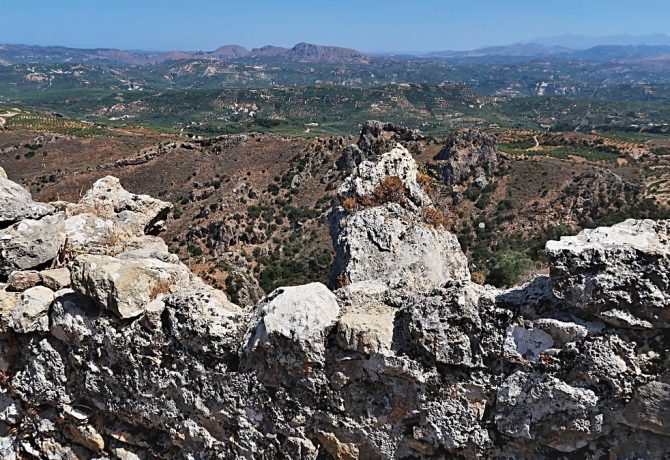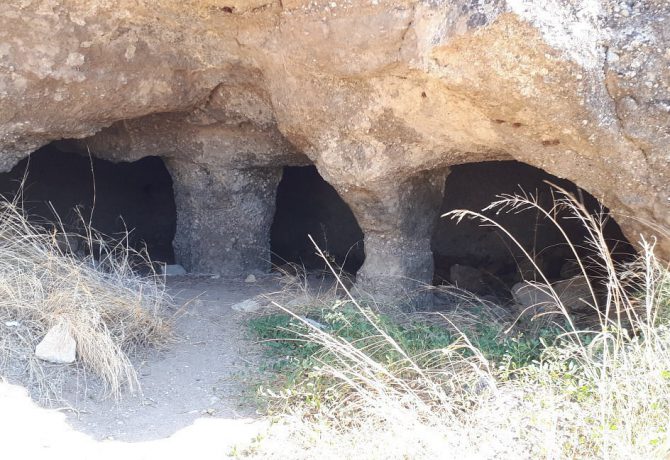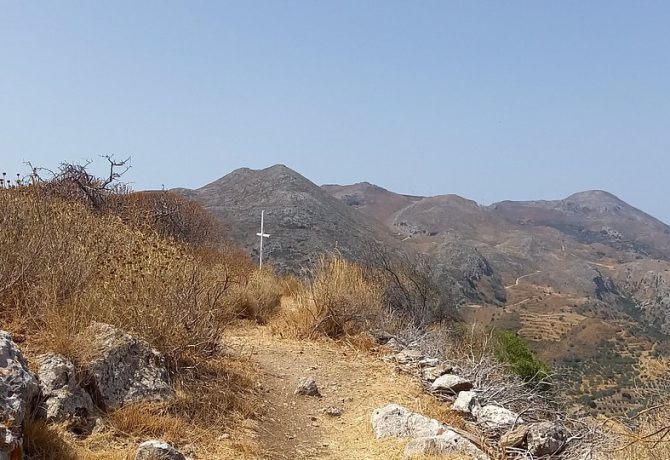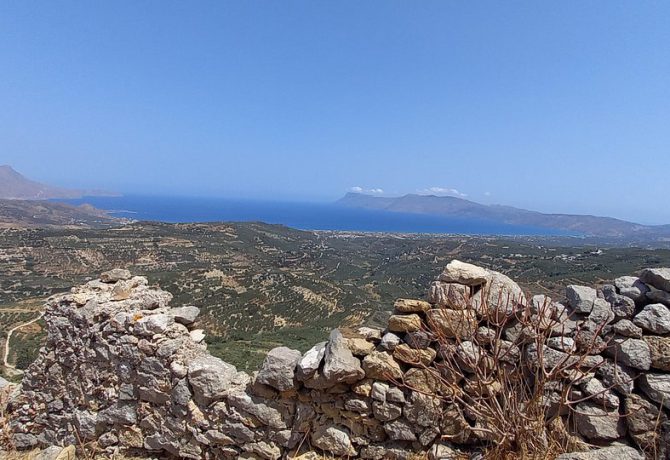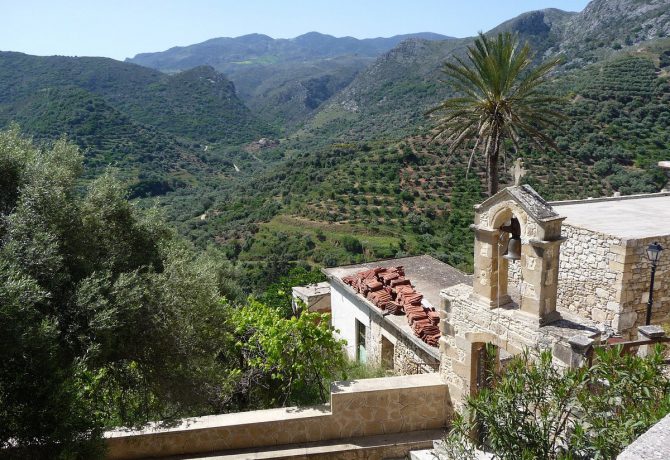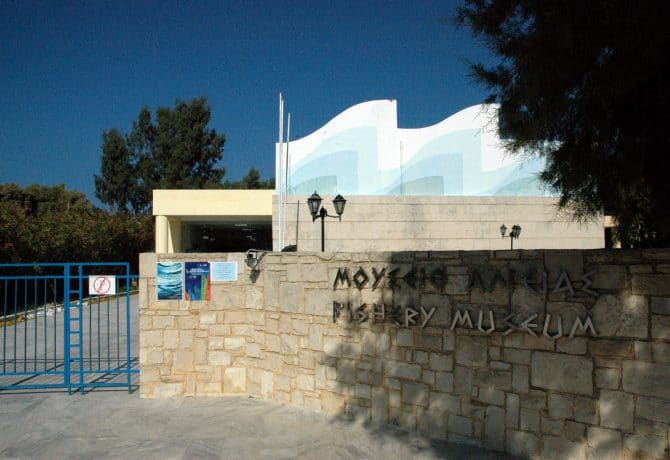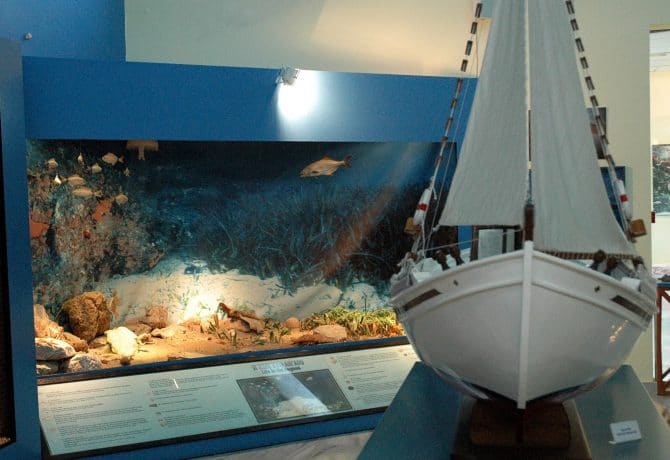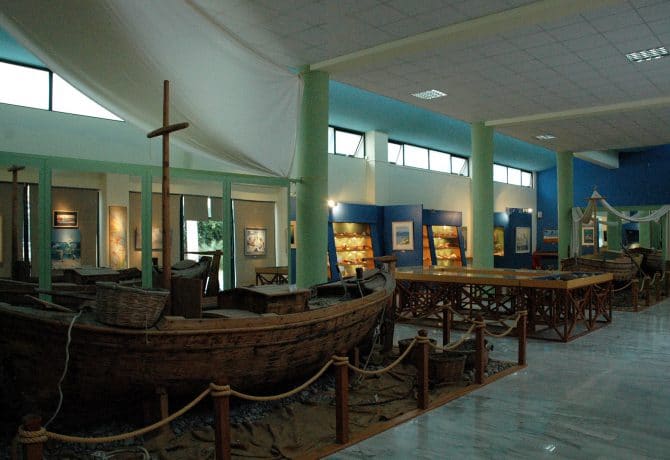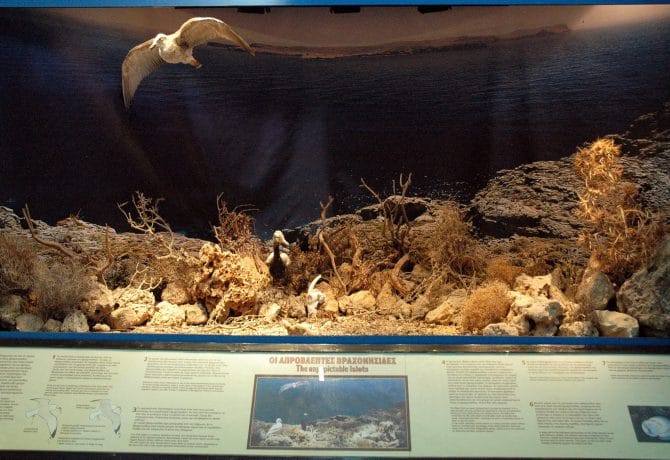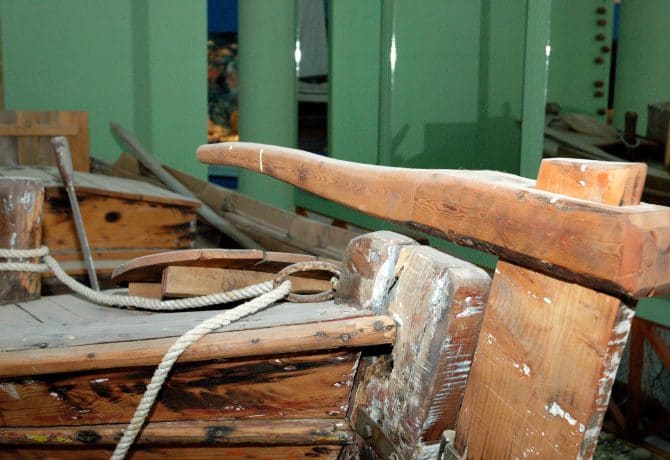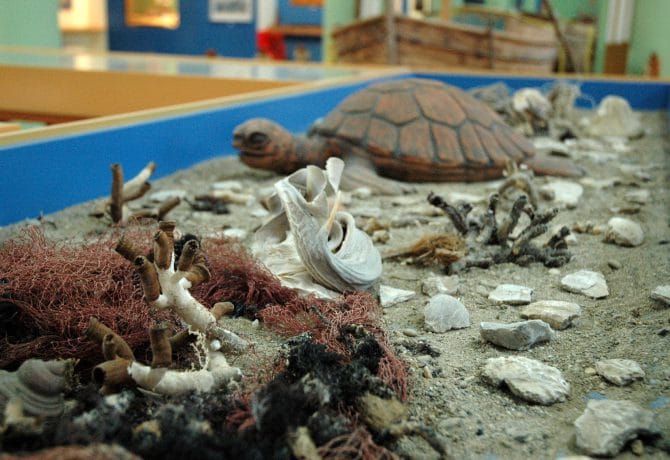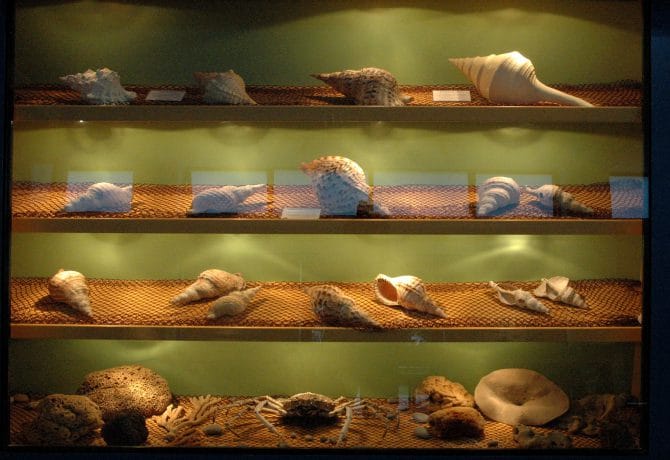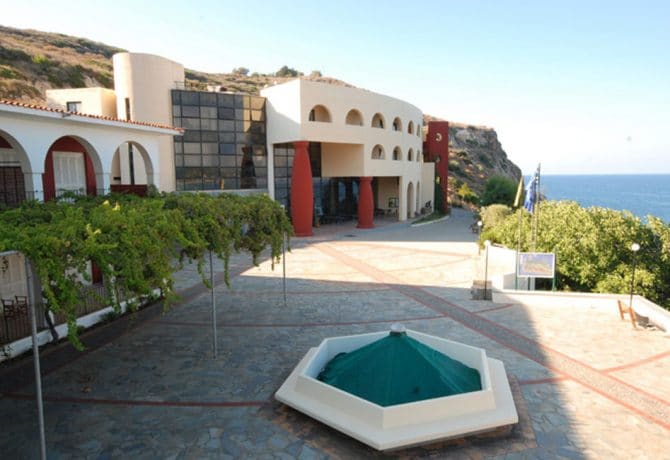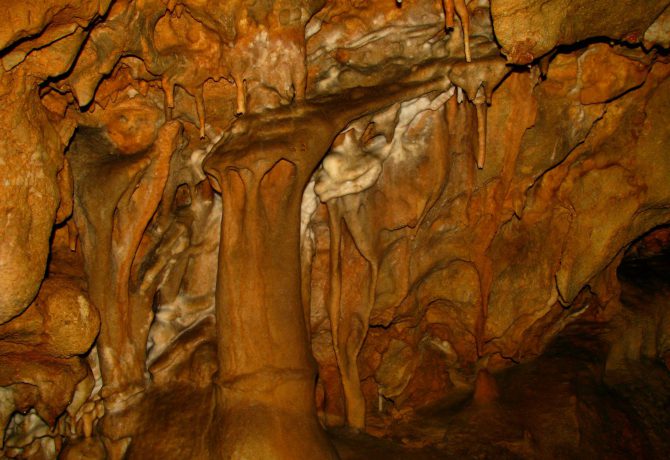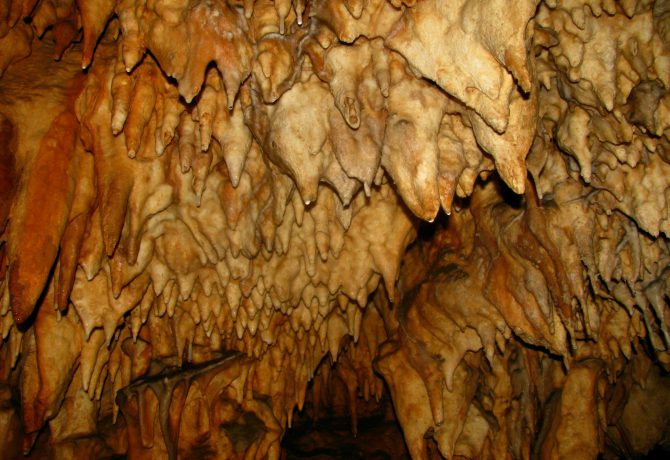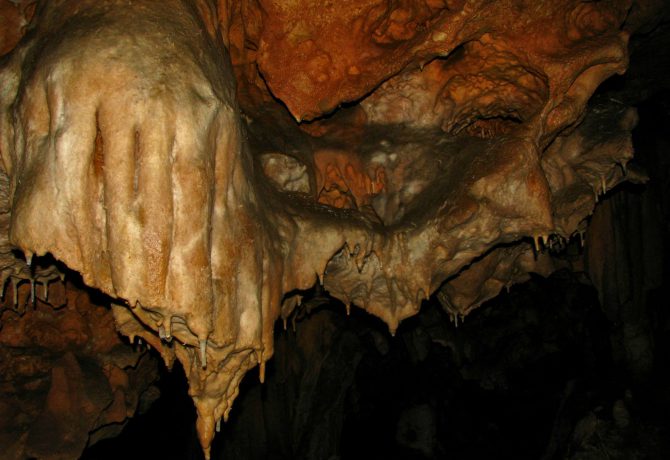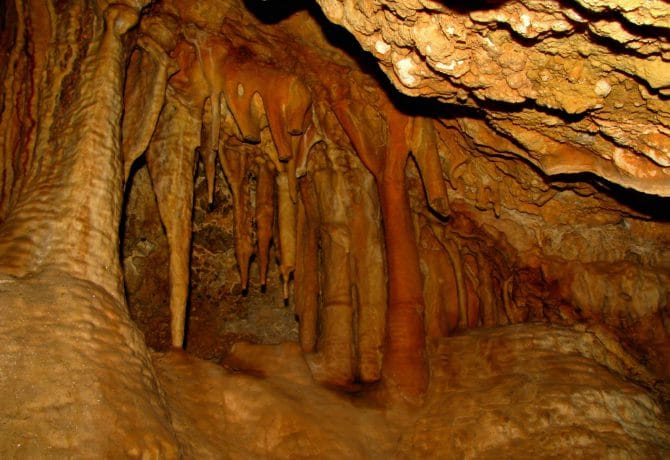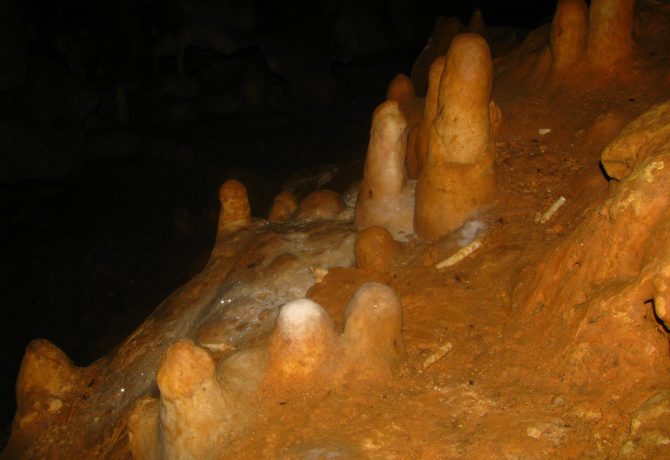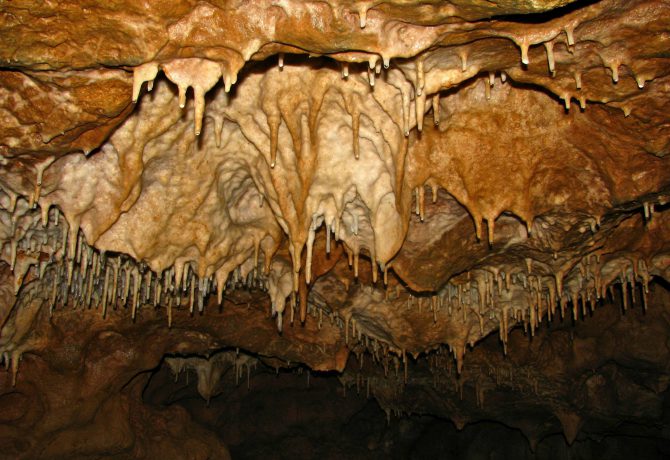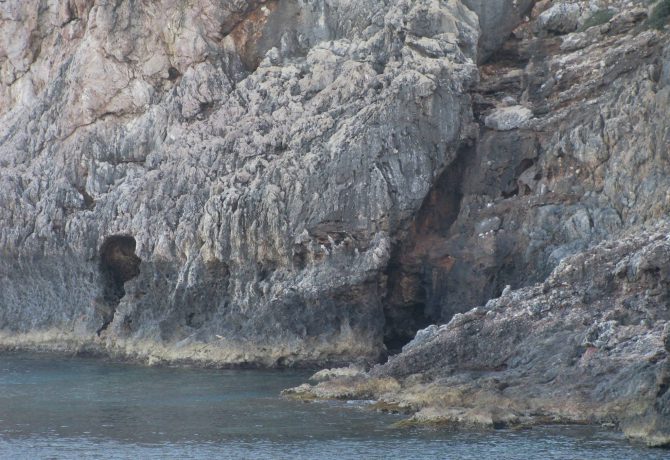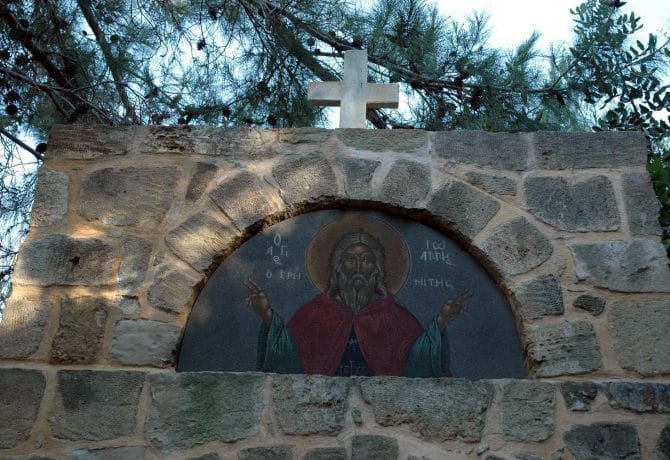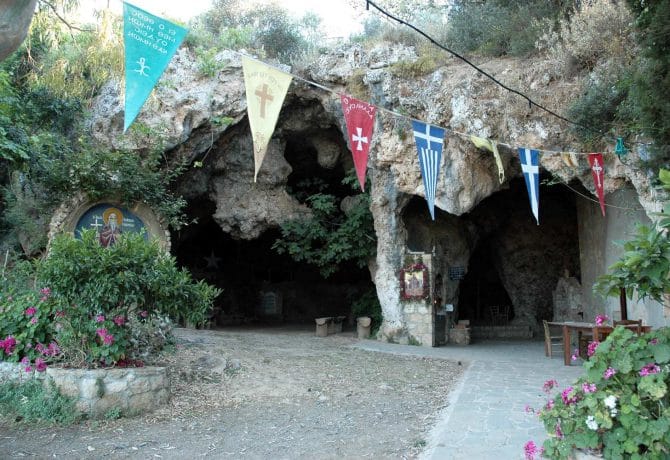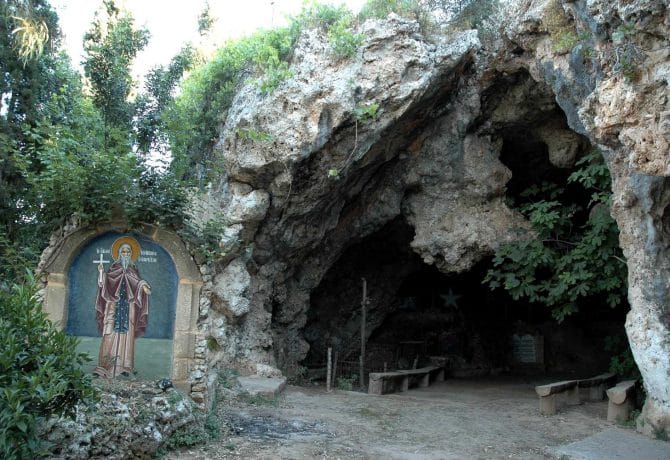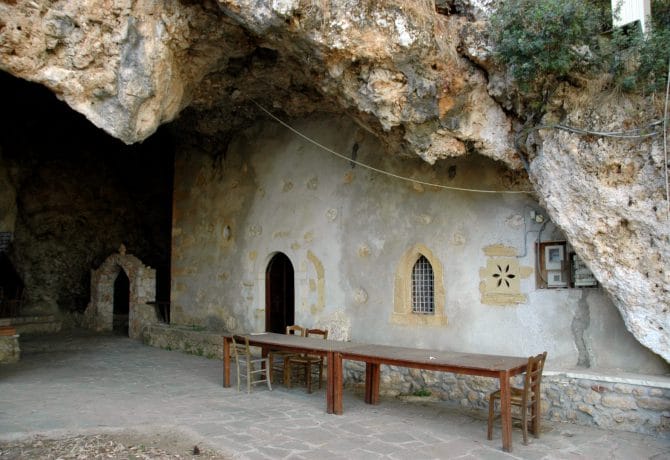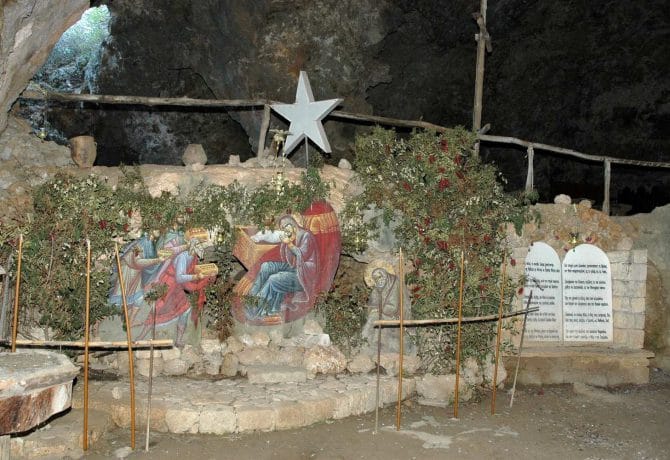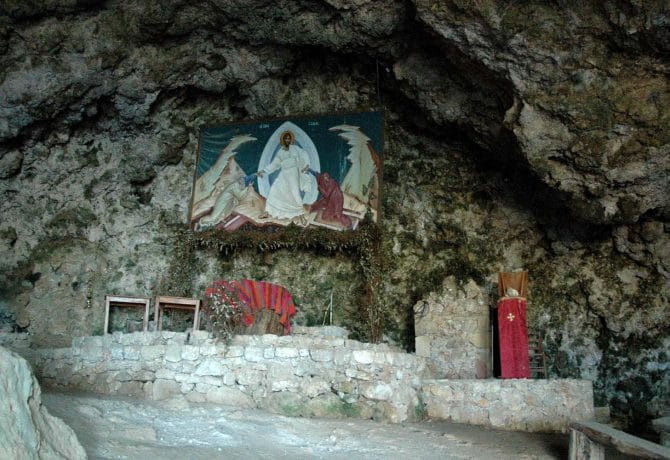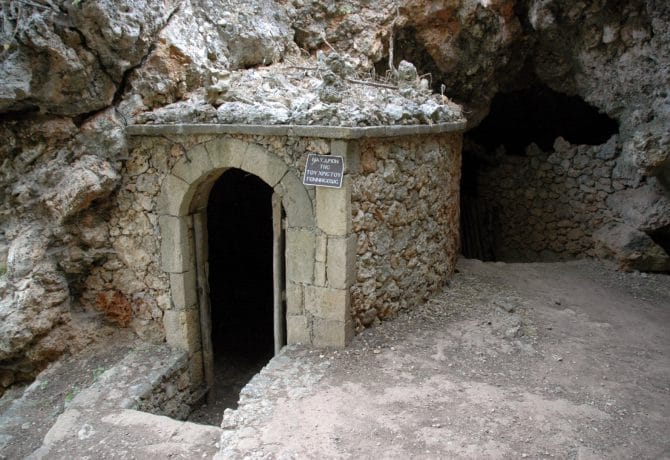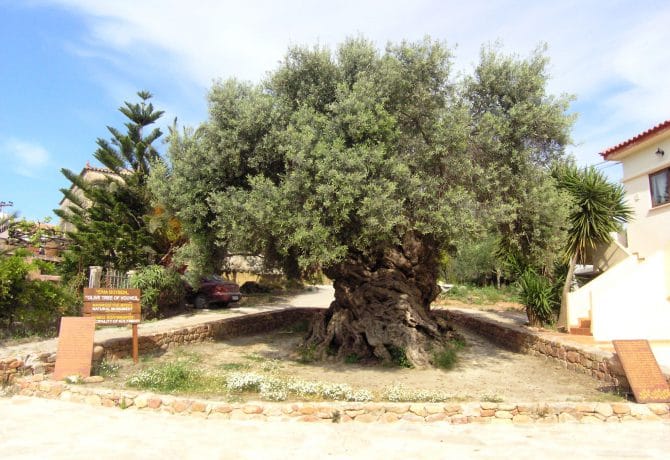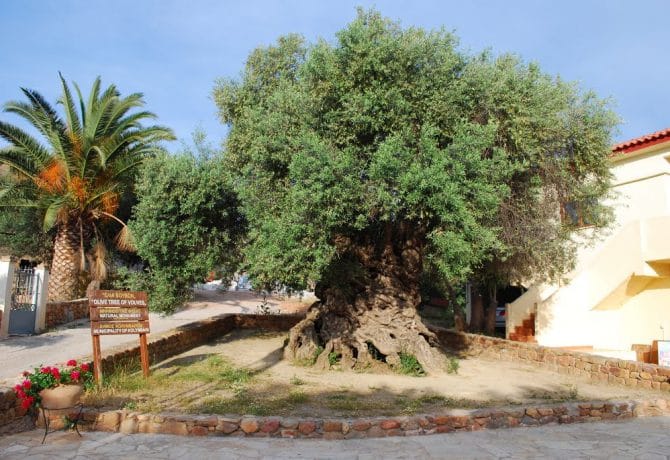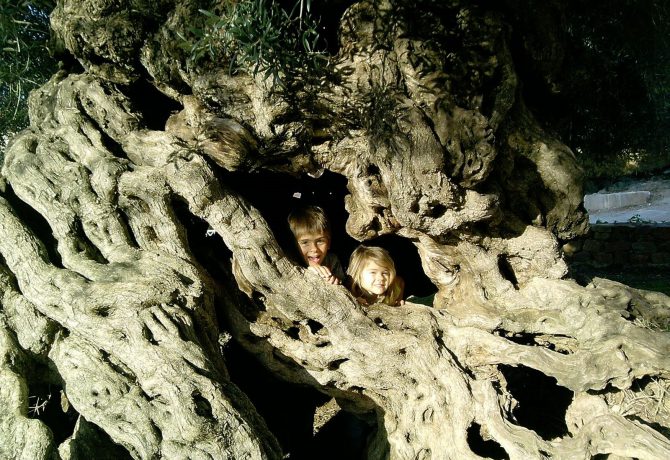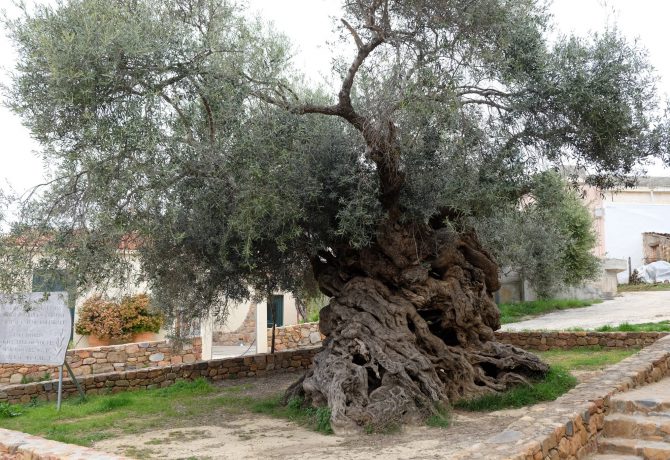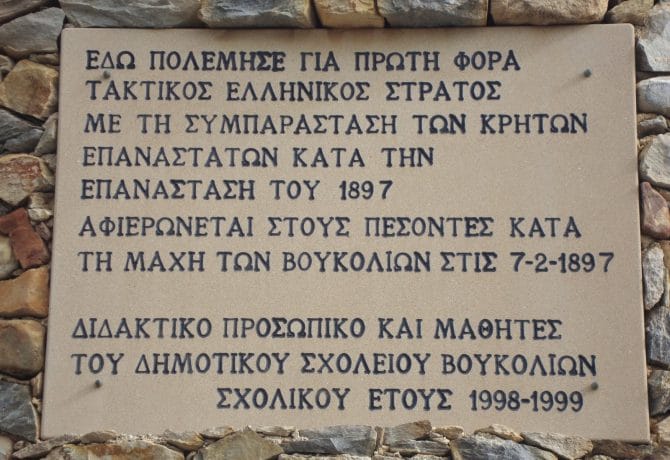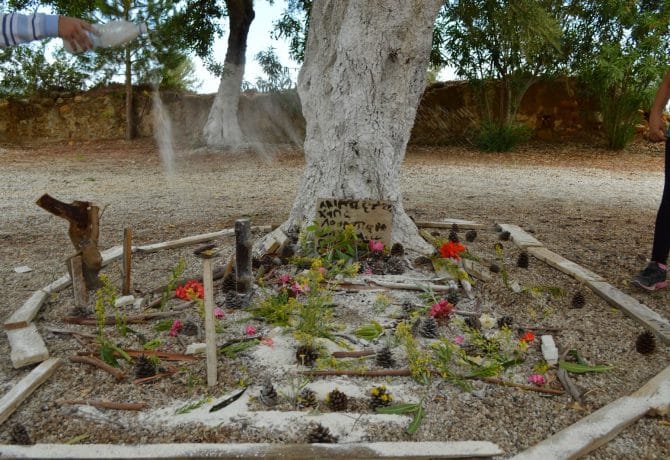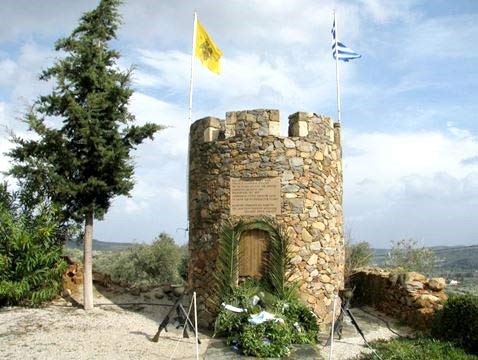Travelers choose the village of Kolymvari if they want to combine a beach holiday, acquaintance with the Orthodox values of Crete and excursions to the sights. The village is located on the picturesque peninsula of Rhodopos, in its southern part. It is the center of local fishing and production of the world-famous brand of olive oil. Hotels accept not only vacationers, but also provide services to business people, provide peace and comfort to pilgrims and Orthodox believers.
The cretan Theological Academy is located in the city. It is the only higher educational institution of the Greek Orthodox Church on the island. Since 1968, 300 seminarians have been trained here annually. In the district is the monastery of Odinitria Gonies, the cave church of St. John the Hermit, where Christmas liturgies are held. In 2016, the Pan-Orthodox Council was held on the basis of the Academy. He attracted attention to the city from believers and, oddly enough, esotericists. The latter considered this a landmark event for their research.
In the city built 3, 4 and 5 star hotels, apartments, guest villas. A variety of seafood dishes are offered by numerous taverns. The undisputed gastronomic leader is the restaurant “Ioannis kafenagogeio”. Dictina Tavern and Palio Arhontiko Café-Confectionery are not inferior to the favorite in the preparation of delicious dishes and sweets. In the evenings, people like to gather in coffee houses. These are peculiar men’s clubs, where strong aromatic coffee is served, and the atmosphere contributes to the exchange of news.
The beach area stretches along the entire coast. There is no need to specify any of the individual sites, because they are all landscaped and marked with the Blue Flag for cleanliness and ecology. The infrastructure of the city includes shops, vehicle rental offices, excursion bureaus. You can use their services or independently organize an acquaintance with the sights of Kolymvari.
- 1 Odigitria Monastery
- 2 Terra Creta Olive Oil Plant
- 3 Vuves Olive Museum
- 4 Sanctuary of Diktin
- 5 Ancient settlement of Polyrinia
- 6 Museum of Maritime Wealth
- 7 Museum of Wild Cretan Plants
- 8 Ellinospilios Cave
- 9 Cave of St. John the Hermit, Maratokefala
- 10 Ancient olive, Vuves
- 11 Tower in Voukolies
- 12 Attractions Kolymvari on map
Odigitria Monastery
The monastery of Odigitria is one of the oldest in Crete. The men’s monastery is located on the western slope of Mount Asterousia at an altitude of 250 m. Of amazing beauty, the cultural and religious object played an important role in the liberation movement of the island’s population. This place is associated with the history of the Cretan fighter for independence Xopateras (born in 1788). He was a monk, but after being expelled from the monastery, he devoted himself entirely to the fight against the Turkish occupiers. He led the uprising of 1828, to suppress which the Ottoman Empire sent an army of 800 Janissaries. Odigitria suffered huge losses, the fortress walls were destroyed. Today on the territory you can visit the Temple of the Blessed Virgin, see valuable frescoes and icons, get acquainted with the heroic history of past eras.
Address: Kolymvari village, Platanias, Crete, Greece
Terra Creta Olive Oil Plant
In the Kolymvari area is the largest olive oil factory in Greece, Terra Creta. The concept of the enterprise includes acquaintance of the guests of the island with the technology of obtaining olive products. The tour costs 7 euros and lasts about an hour. For those who want to master the process of manufacturing products, master classes are organized. The professional seminar lasts 3 hours and costs 89 euros. There is a company shop on site. It sells different varieties of olives collected in the factory grove, oils of different acidity, balsamic cream and vinegar. The plant’s products are bought by 42 countries of the world.
Address: Kolymvari, Chania, Crete, Greece, 73 006
Site: https://www.terracreta.gr/default.aspx?lang=ru#.YT4vrKRN3cs
Vuves Olive Museum
Having its own production of olive oil, which is famous all over the world, the locals decided to organize a museum dedicated to the history, useful properties, technology of growing and processing olives. For the exposition, a separate house was allocated, built in the traditional Cretan style, with a small farmstead. One of the most valuable exhibits is an ancient plow called “Hesiod’s Plough”. The ancient Greek rhapsode Hesiod lived in the 700s BC. and was the first to describe this peasant tool. Oil “Kolimvario” is considered one of the best in the world. The guide will tell you about its manufacture, storage and transportation.
Address: Vouves village, Chania Prefecture, Crete, Greece
Sanctuary of Diktin
To get to the ruins of the ancient sanctuary of the goddess Britomartida (Dictina), you will have to use an SUV or a pleasure yacht. The distance from Kolymvari is 27 km. A dirt road leads to the hill, very inconvenient and dangerous. Therefore, tourists prefer to hire boats. Here, on a hill above the bay of Meuniès, once was the main temple of the coast, in which even irreconcilable rivals from the neighboring cities of Kydonia and Polyrinia did not feud. Today, only fragments of columns and ruins of the foundation remain from the mighty temple. After a walk, you can relax on the shore of the bay. There is always clean and calm water. The territory is not landscaped, so you need to take care of food, drink and comfortable shoes in advance.
Address: Rhodopos Peninsula, Crete, Greece
Ancient settlement of Polyrinia
22 km from Kolymvari is the ancient settlement of Polynyria. Translated from greek, the name means “rich in sheep and sheep”. The ancient Greek polis originated in the 6th century BC, survived the Byzantine, Venetian, Turkish eras and the period of reunification with Greece. Thanks to its strategically important location, the city prospered under any authority. Old buildings were dilapidated and collapsed, new houses were erected in their place. Polynyria never knew archaeological excavations. Everywhere on the streets you can find Roman walls, towers, foundations, houses assembled from ancient ruins. On the shore there are the remains of a fort built into the mountain at an altitude of 300 m. Only 100 people live in the village. They are engaged in the cultivation of olives, hotel services are not provided. Their homes are on the wreckage of a whole civilization, but comfortable hotels have not yet been built. This is a piece of history where people have preserved the atmosphere of ancient times.
Address: Polynyria, Crete, Greece
Museum of Maritime Wealth
In the village of Kolymvari there is also something to see. Travelers recommend visiting the Museum of Maritime Wealth. The exposition was compiled on the basis of the main occupation of local residents – fishing. Exhibits were collected all along the coast. The task of the founders was to acquaint the guests of the island with the traditions of Cretan fishing and the riches of the local seas. Crete is washed by three seas – Mediterranean, Libyan and Cretan. Each of them has a kind of underwater fauna and flora. The museum presents examples of the extraction of fishermen, as well as the tools with which they extracted marine wealth. In the hall you can see a full-size fishing boat, harpoons, nets, ancient anchors. A large collection of fish, shells, sponges, echinoderms and other marine life was collected for the fund. The museum is open from April to October, in winter it can be opened by agreement. Admission is free, volunteer help is welcome.
Address: Kolymvari, Chania, Crete, Greece
Museum of Wild Cretan Plants
A large number of Cretan organizations (different departments and directions) are engaged in the preservation of the environment. The ecological state is a priority for the Greek government and the authorities of all Cretan prefectures. Many of the natural sites are protected at the state level. Large institutions make their contribution to the study of the local biome. One such organization is the Institute of Theology and Ecology of the Orthodox Church of Crete. In 2003, the herbarium of the French botanist Jacques Zaffran was presented to the society. At the invitation and financial support of the church, he, together with his assistant Lucas Andrianos, collected rare wild plants of Crete. Work on the creation of the herbarium was carried out since 1964. Today it has 9,000 exhibits found and preserved by botanists. Entrance to the museum is free. Visitors are welcome from Monday to Friday from 9 am to 14.00.
Address: Kolympari Kissamos Post Code 730 06 Chania – Crete
Site: www.oac.gr
Ellinospilios Cave
Three and a half kilometers from Kolymvari is the cave of Ellinospilios. It is known that in ancient times it was a refuge for people and animals. During archaeological research, bones, utensils, accessories for rituals were found inside. Among esotericists, this cave is considered a portal for entering the real Labyrinth of the Minotaur. Without special training and equipment, it is not recommended to go here. The entrance is located in a remote place on a rocky area. The cave inside is not landscaped, without special equipment it can not pass. A visit is recommended accompanied by a local digger.
Address: Afrat village, Kolymvari, Chania Prefecture, Crete, Greece
Cave of St. John the Hermit, Maratokefala
If you go for a walk south of the village of Kolimvari, then after 3 km you can go to the village of Maratokefala. There is a cave with the church of St. John the Hermit built inside. The place is very picturesque and atmospheric. On Christmas night, a huge number of Orthodox believers gather here. They take part in the festive liturgy, the Nativity scene, which are arranged by the ministers of the church. You can stay for the night here only by renting a room in the houses of local residents. Hotels in the village were not built, the nearest guest villas are one and a half kilometers away.
Address: Maratokefala village, Chania Prefecture, Crete, Greece
Ancient olive, Vuves
Next to the Olive Museum in the village of Vuves is the oldest olive tree on the island. It is more than 2,000 years old, but it is still bearing fruit. The height of the olive reaches 12 meters, the diameter in girth is 3 meters. The area around the tree is landscaped. The site is fenced with a low stone fence and tiled. Nearby there is a sign describing the history of the olive. The tree has an iconic significance for the island and all of Greece. During the 2004 Olympic Games in Athens, a wreath was made from its branches for the winner of the marathon race. The marathon is considered a special distance in Greece, and its winners become national heroes. During the collection of olive branches, a solemn ceremony was held with the participation of important people and representatives of the authorities.
Address: Vouves village, Chania Prefecture, Crete, Greece
Tower in Voukolies
The village of Vukolies was an important administrative unit in the past. Over time, the settlement lost its economic importance and today people come here to look at the remains of the tower, built in 1866 to strengthen the defense. This Turkish citadel served its owners until their expulsion from Crete in 1898. The towers are made of stone, loopholes are located at the top. The whole building is overgrown with vegetation, but still retains a majestic appearance.
Address: Voukolies village, Chania Prefecture, Crete, Greece
After a walk through the local attractions, tourists are happy to return to the hotels of Kolymvari chosen for recreation. Among them, the 5-star resort complex “Euphoria”, which provides services on the “All inclusive” system, stands out. Most tourists choose “Avra Imperial Beach”, located on the second coastline and providing, according to vacationers, the best service on the coast.

